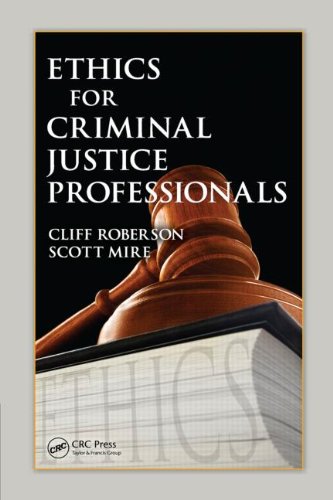

Most ebook files are in PDF format, so you can easily read them using various software such as Foxit Reader or directly on the Google Chrome browser.
Some ebook files are released by publishers in other formats such as .awz, .mobi, .epub, .fb2, etc. You may need to install specific software to read these formats on mobile/PC, such as Calibre.
Please read the tutorial at this link: https://ebookbell.com/faq
We offer FREE conversion to the popular formats you request; however, this may take some time. Therefore, right after payment, please email us, and we will try to provide the service as quickly as possible.
For some exceptional file formats or broken links (if any), please refrain from opening any disputes. Instead, email us first, and we will try to assist within a maximum of 6 hours.
EbookBell Team

4.1
10 reviewsThe book begins by defining the subject matter, explaining what ethics is, and what it is not. It explores the concept of false moral identity, examines difficult decisions that arise from attorney-client privilege, and discusses problematic issues such as officer gratuities. Next, the book provides a historical review of the concept of ethical reasoning, examining different religious and cultural influences and exploring ethics from various schools of philosophy.
Ethics and police officers
The authors discuss management and corruption, the causes and effects of abuse of authority, police perjury, and the practice of lying to obtain a confession. They explore the role of prejudice and discrimination in unethical behavior and review legislation designed to curb such practices.
Ethics in the courtroom
Shifting to issues that arise in the courtroom, the book addresses prosecutorial and judicial misconduct, discovery violations, the presentation of inadmissible evidence, discretion to prosecute, and defense counsel ethics.
Ethics in the prison system
Finally, the book explores issues that arise with respect to correction. The authors examine the four purposes of punishment: retribution, deterrence, incapacitation, and rehabilitation, as well as the death penalty and methods of execution.
Each chapter ends with a set of review questions to test comprehension and a series of exercises further clarifies the material. Interspersed with the content are real-life vignettes that help to ground the theoretical concepts in practice and actual court cases that illustrate the principles. Ample references are provided to inspire further study of issues for which often there are no easy answers